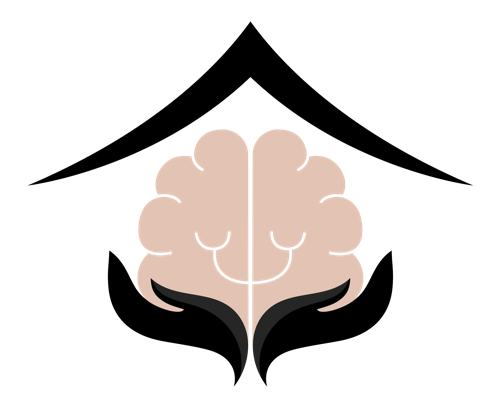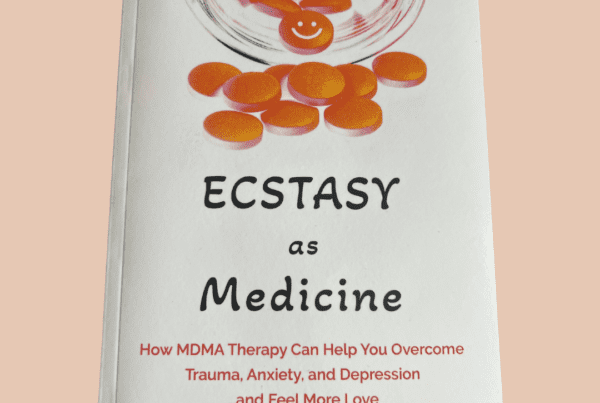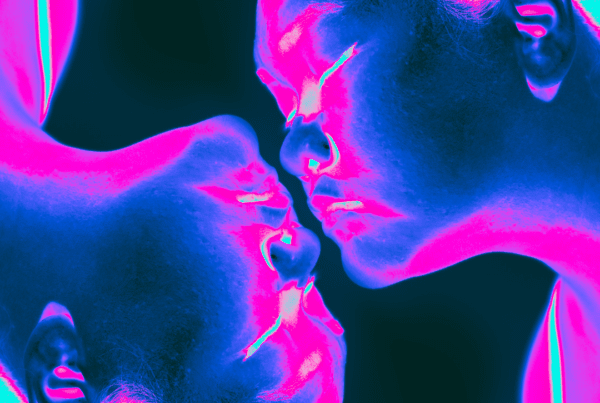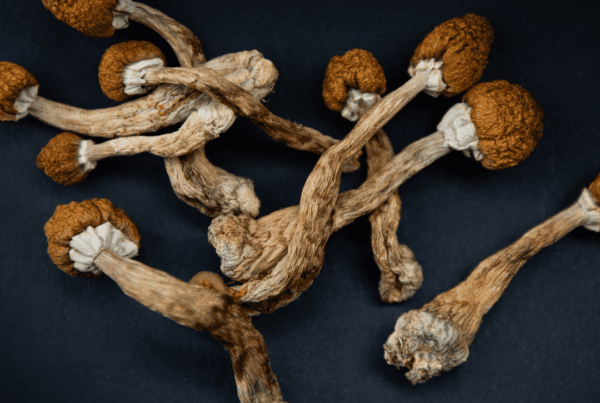The world of psychedelics has experienced a renaissance of research and acceptance over the past decade. With a growing body of scientific evidence and personal testimonies showing their therapeutic benefits, more and more people are becoming interested in psychedelics. Let’s discuss the most common types of psychedelics and the medicinal properties that make them unique.
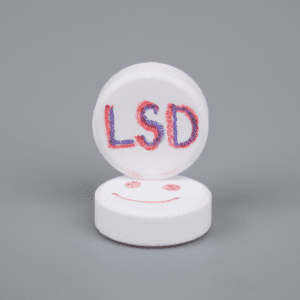
LSD (Lysergic Acid Diethylamide) is one of the most well-known psychedelics and is often associated with the counterculture movements of the 1960s. LSD produces altered states of perception and profound experiences. Studies show that LSD can benefit end-of-life anxiety, depression, and addiction.
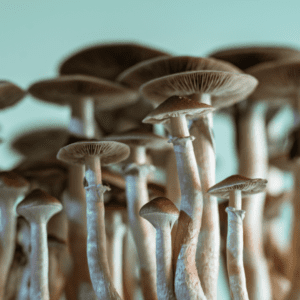
Psilocybin (Magic Mushrooms) is a naturally occurring psychedelic found in over 200 species of mushrooms. Psilocybin has been shown to have a therapeutic effect on anxiety, depression, obsessive-compulsive disorder (OCD), and addiction. It disrupts the neural networks contributing to these mental health disorders and provides a sense of oneness and connectedness.
DMT (Dimethyltryptamine) is a naturally occurring psychedelic found in many plants and animals. It can also be produced synthetically. DMT can produce highly intense and short-lived experiences, known as a ‘breakthrough’ experience. DMT has been shown to have therapeutic benefits in treating depression, addiction, and trauma.
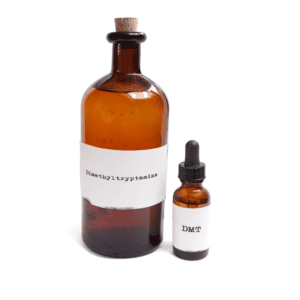 Ketamine is a dissociative anesthetic widely used in veterinary and human medicine for pain management and sedation. Ketamine has been shown to have rapid antidepressant effects, particularly for treatment-resistant depression and post-traumatic stress disorder (PTSD).
Ketamine is a dissociative anesthetic widely used in veterinary and human medicine for pain management and sedation. Ketamine has been shown to have rapid antidepressant effects, particularly for treatment-resistant depression and post-traumatic stress disorder (PTSD).
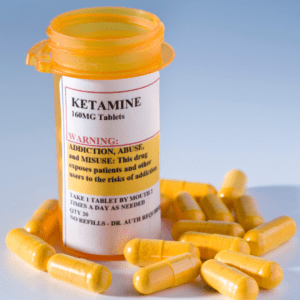 MDMA (Ecstasy/Molly) is an empathogen, meaning it produces feelings of emotional openness, empathy, and feelings of social connectedness. MDMA has become popular in clinical trials for PTSD, anxiety, and depression. Studies show that the therapeutic potential of MDMA comes from its ability to enhance positive emotional states.
MDMA (Ecstasy/Molly) is an empathogen, meaning it produces feelings of emotional openness, empathy, and feelings of social connectedness. MDMA has become popular in clinical trials for PTSD, anxiety, and depression. Studies show that the therapeutic potential of MDMA comes from its ability to enhance positive emotional states.
Psychedelics have been used for centuries by many cultures worldwide, and their medicinal properties are now being studied and recognized in modern medicine. While some of these substances are classified as illegal in many countries, research shows their immense potential in helping individuals deal with various mental health and addiction issues. It is crucial to approach psychedelics with respect and caution, as they can have powerful effects on an individual’s psychological and physical well-being. Understanding the different types of psychedelics and their properties is essential in developing a safe and informed approach to their use.
